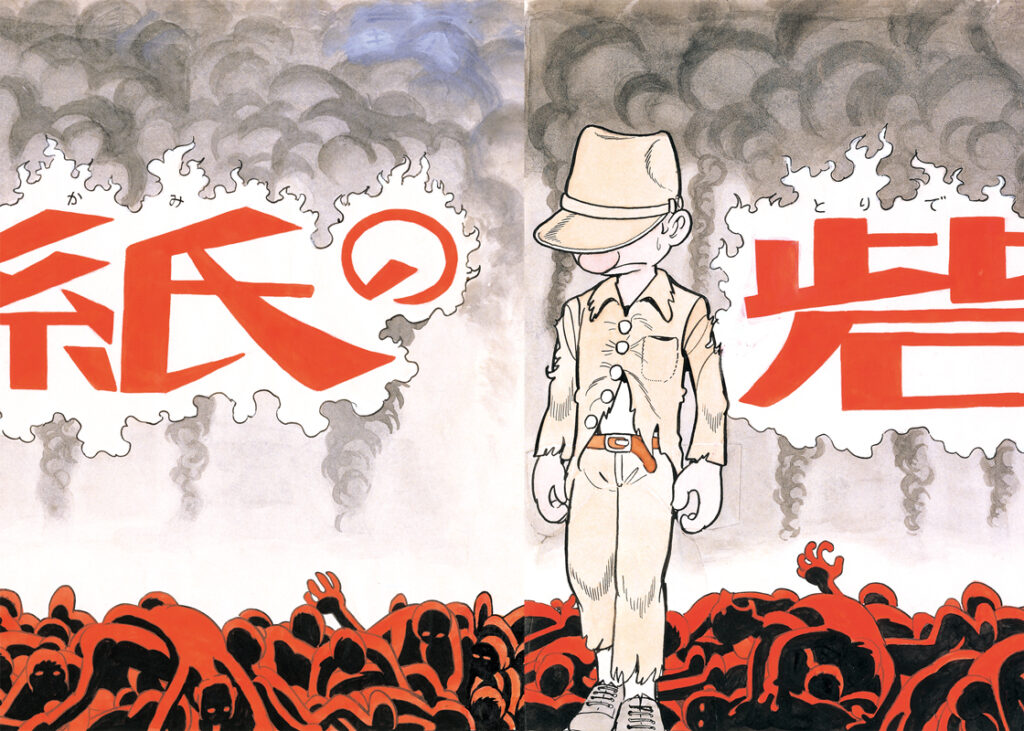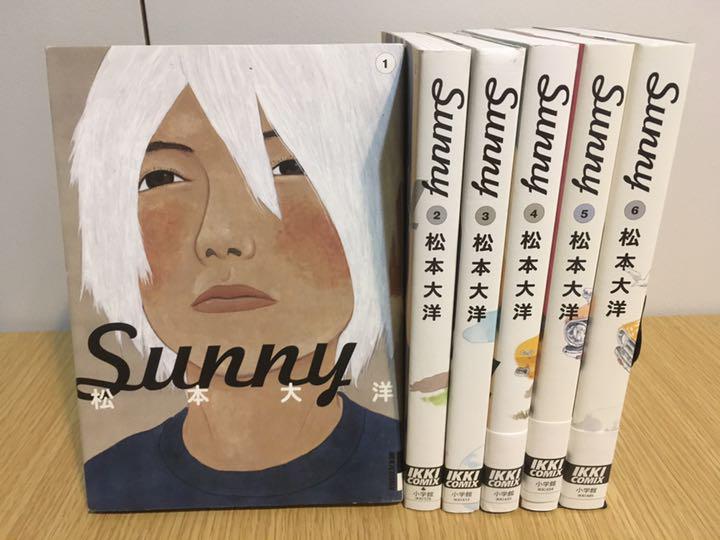Upon delving into Osamu Tezuka’s work, it becomes clear that he was an ardent anti-war activist with steadfast beliefs. His works often depict clashes between nations, conveying a resounding message that the madness of war must be halted at any cost. One notable example is “Prime Rose,” where a dazzling science fiction narrative is underpinned by an evident subtext. In his masterpiece “Adolf,” Tezuka adopts a harsh, dramatic, and gritty approach, narrating the story of three individuals named Adolf amidst the tragedy, death, and destruction of World War II. Yet, even amid such miseries, Tezuka manages to unearth glimpses of optimism and love. Having experienced the war firsthand as a teenager, enduring starvation and misery, Tezuka found solace and an anchor in drawing manga. In “The Paper Fortress,” an autobiographical manga published by Planeta Cómic in its Tezuka Library collection, he offers a portrayal of his own experiences living through bombings and the subsequent occupation by the US army. Tezuka becomes the main protagonist of the seven stories that comprise this album, revealing a side of the God of Manga we have never seen before.
Tezuka as the Protagonist: Slice of Life Narratives

Unlike Tezuka’s usual tendency to make small cameos in his works, breaking the fourth wall, “The Paper Fortress” takes a different approach. Tezuka himself assumes the role of the absolute protagonist, sometimes even adopting different names in various stories. Each story presents a slice of life from the same period, often intertwined and exploring the same specific events that shaped the author’s experiences. “Diary of a Lout” takes us to the black markets that emerged in Osaka at the end of 1945, where survivors sold various goods. At the age of twenty, Tezuka already knew he wanted to be a mangaka, despite his lack of enthusiasm for pursuing a medical degree. This story delves into his journey in detail, guided by a peculiar character that may serve as a metaphor for the path he might have taken if things had turned out differently. It offers a comprehensive account of Tezuka’s career until the mid-60s. “The Fortress of Paper,” the story from which the collection derives its name, transports us back to 1944 when the publication of any non-essential book was prohibited in Japan. Tezuka, serving his country and stationed at an arsenal, secretly drew manga. Amidst the rubble of the drama, with violent superiors and bombings stripping away the world’s beauty, Tezuka surprises readers by injecting moments of humor and surrealism.
Sensitivity and Intimacy: Stories that Stand Out
Among the tales in “The Paper Fortress,” two stories particularly captivate with their sensitivity and intimacy. “The Story of Tokiwa-so” unfolds from the perspective of a house, which nostalgically recounts its role as the birthplace of famous cartoonists such as Osamu Tezuka, Shotaro Ishimori, Hiroo Terada, and Fujiko Fujio. The house becomes a witness to the creation of great works, as well as the mischief indulged in by these mangakas. It is a short but profoundly moving story that emanates love and respect for a specific place and time. Similarly, “Idle Animal Testing” exhibits Tezuka’s mastery as he employs simple line drawings accompanied by a narration that reaches bucolic heights. Through the tale of a horse and a family of raccoons, Tezuka showcases the clash between tradition and development that ensued at the end of the war. Both stories exemplify the anti-war message and the search for hope that Osamu Tezuka consistently weaved into his work.
A Thought-Provoking Work

“The Paper Fortress” not only serves as a glimpse into Tezuka’s personal experiences during war, but also prompts readers to reflect on the devastating consequences of conflict. Through his storytelling and artistic prowess, Tezuka paints a vivid picture of the physical and emotional turmoil that war inflicts upon individuals and societies. The juxtaposition of tragedy and humor, despair and resilience, creates a multi-dimensional narrative that resonates deeply with readers.
Artistic Presentation
In terms of artwork, Tezuka’s signature style shines through in “The Paper Fortress.” His illustrations exhibit a remarkable attention to detail, capturing the essence of each character and setting. From dramatic scenes depicting the destruction caused by bombings to quieter moments of introspection, the artwork complements the storytelling and enhances the emotional impact of the narratives.
A Testament to Tezuka’s Legacy
“The Paper Fortress” is a testament to the enduring legacy of Osamu Tezuka and his contributions to the world of manga. Through his autobiographical approach, Tezuka offers readers a glimpse into his formative years, revealing the profound influence that war had on his life and artistic expression. It is a work that showcases the depth and versatility of Tezuka’s storytelling abilities, solidifying his status as a master of the medium.
Conclusion
“The Paper Fortress” is a remarkable addition to the body of work by Osamu Tezuka. Through its autobiographical lens, the comic provides valuable insights into the experiences of the acclaimed mangaka during a tumultuous period in history. Tezuka’s anti-war stance and his ability to find hope amidst despair shine through in this collection of narratives. For fans of Tezuka’s work and those interested in exploring the human impact of war, “The Paper Fortress” is a compelling and thought-provoking read. It is a testament to the power of storytelling and a fitting tribute to one of manga’s greatest pioneers.

